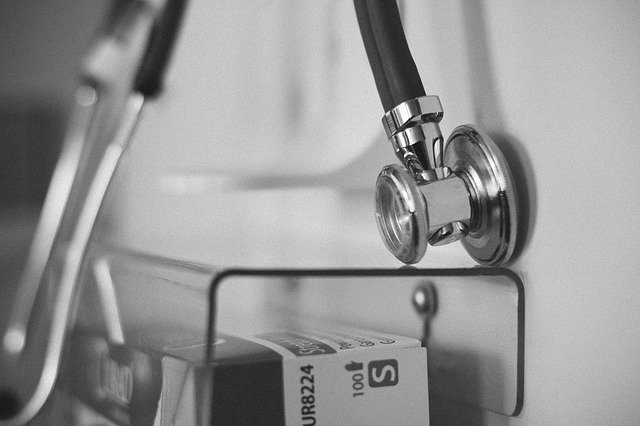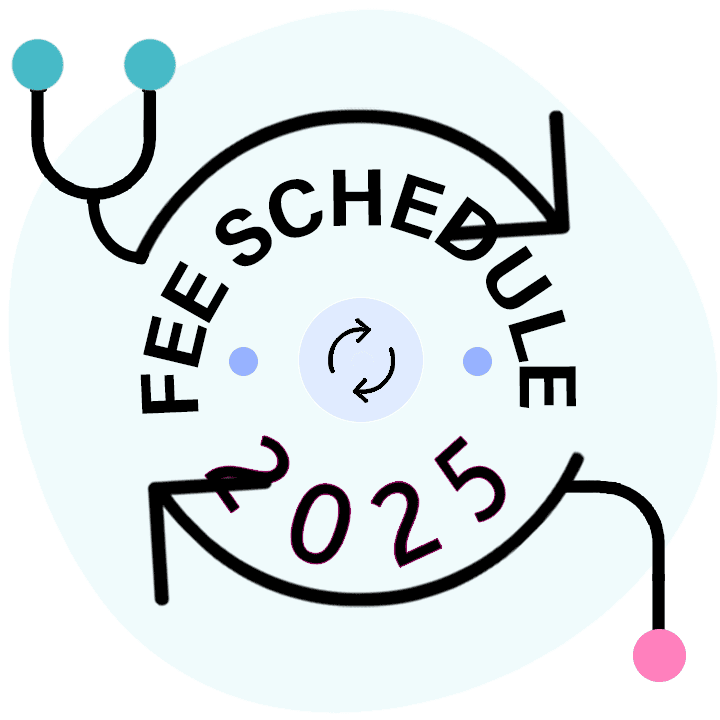Hospital Outpatient Prospective Payment System: C-APC Explained

Yesterday on the blog, we described how Medicare’s adoption of Addendum B for the Hospital Outpatient Departments and Ambulatory Surgical Centers (ASCs) fee schedule moves the workers’ comp system toward bundled payments via the use of the status indicator J1. Today, we’ll examine instances when a complex procedure warrants additional reimbursement above the amount allowed by the single reimbursement of a primary service (J1). To accommodate these complex procedures, Medicare developed the Comprehensive APC (C-APC) payment methodology.
A quick refresher: Under most circumstances, only one J1 code is reimbursable. However, Medicare allows a Comprehensive APC (C-APC) payment with higher reimbursement when the encounter includes a specific combination of HCPCS listed in Addendum J - Complexity Adjustments of Combinations of Comprehensive HCPCS Codes.
To calculate the higher C-APC reimbursement, if more than one primary service (J1) is provided during the same encounter, the primary services are ordered by their J1 hierarchy with specific combinations of J1 services pointing to a single Comprehensive APC (C-APC) payment with the higher reimbursement.
As an example:
ASC - Alameda County DOS 7/28/2017
HCPCS |
Description |
Status Indicator |
C-APC Rank |
Reimbursement DOS 7/28/2017 |
25607 |
Treat fx rad extra-articul |
J1 |
342 |
$6,330.93 |
25545 |
Treat fracture of ulna |
J1 |
413 |
$6,330.93 |
25607+ 25545 |
|
C-APC |
|
$11,592.58 |
The above-noted combination of HCPCS is listed on Addendum J. While only one primary service (J1) is payable, this combination of HCPCS points to a single, higher C-APC payment within the same family. The primary services (J1) are ordered by their C-APC rank, and Addendum J assigns the higher ranked HCPCS (25607) a total reimbursement of $11,592.58.
Addendum J also lists a combinations of primary services (J1) and HCPCS assigned a status indicator of N, which points to a single Comprehensive APC (C-APC) payment with a higher reimbursement. While Status Indicator N means there is no separate payment, there are instances when the combination of these J1 and N HCPCS increase the reimbursement of the primary service (J1), because reimbursement is considered packaged into the payment for other services.
Another example:
ASC - Alameda County DOS 7/28/2017
HCPCS |
Description |
Status Indicator |
C-APC Rank |
Reimbursement DOS 7/28/2017 |
33228 |
Remv&replc pm gen dual lead |
J1 |
|
$11,413.64 |
33225 |
L ventric pacing lead add-on |
N |
|
$0.00 |
33228 + 33225 |
|
C-APC |
|
$20,329.11 |
Effective for dates of service on or after 12/15/2016, the DWC amended the Official Medical Fee Schedule for hospital outpatient departments and ASCs and adopted Medicare’s Addendum J and the C-APC reimbursements. Since December, Medicare has amended Addendum J twice; the DWC has correspondingly updated the Hospital Outpatient and ASC fee schedule twice by adopting the amended versions of Addendum J.
The statistics below show how the adoption of Addendum J increased the count of Comprehensive APC (C-APC). These changes to Addendum J underline Medicare’s commitment to bundling payments for services.
Effective Date of Service |
Count of Comprehensive APC (C-APC) |
12/15/2016 |
66 |
6/1/2017 |
376 |
7/1/2017 |
Addendum J not amended |
Know (and get) exactly what you’re owed for treating injured workers. Get instant, accurate fee schedule calculations with daisyWizard’s OMFS Calculator.
TRY THE CALCULATOR
DaisyBill provides content as an insightful service to its readers and clients. It does not offer legal advice and cannot guarantee the accuracy or suitability of its content for a particular purpose.




